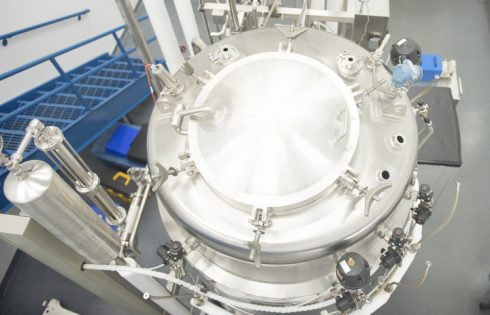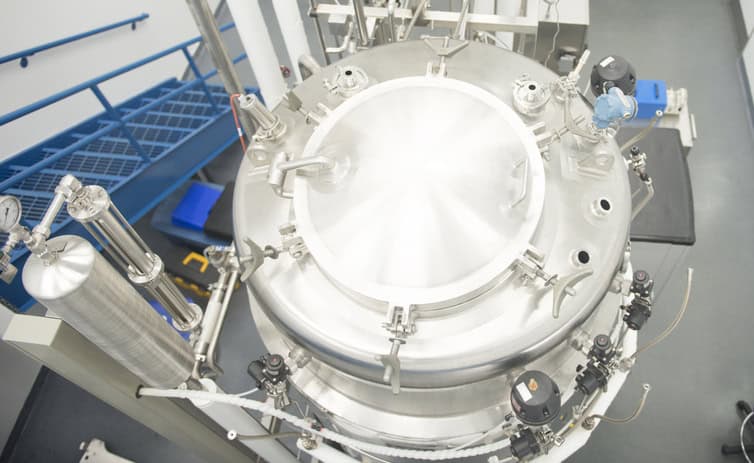
Advanced therapy (ATMP) developers need to seek a balance between the risks and benefits of using closed systems. That’s the view of David Estapé, PhD, technology manager at CRB Group.
According to Estapé, who has 25 years’ experience in facility design and consulting on commercial manufacturing, companies can be overly cautious in interpreting regulator concerns about technologies, often overestimating tiny risks and not considering the benefits of improving delivery to patients.
“If you don’t know the probability of a bad outcome, and you throw away the product, everyone remains in their comfort zone, but the patient is still waiting for medicine!” he explains. “I’m not saying we should take risks with products or patient safety, but it’s important to value probability and do a risk assessment.”
Navigating regulatory challenges
Estapé will be speaking about navigating regulatory challenges at Bioprocessing Summit Europe in Barcelona later this month. His talk focuses on closed processing which, he says, is where a process is isolated from the surrounding room. This allows the process to be removed from a cleanroom, which will allow companies to better standardize and scale up ATMP manufacturing to treat tens of thousands of patients, rather than the few hundred often treated today, he adds.
“Isolating the process from the room environment is one of the key things that will allow us to move to the manufacturing of the future, especially in personalized medicine,” he explains.
Unfortunately, although closed systems have a long history, according to Estapé. Their adoption has been slow due to regulator’s definitions of the technology becoming longer, more prescriptive, and detailed. “Regulatory concerns, especially about single use, have made it harder to leave the cleanroom,” he explains.
However, he doesn’t blame the regulators for slowing adoption. Instead, he says, companies can overinterpret a regulator’s concerns about the risk of a pinhole in a single-use plastic tube or of a connector not connecting properly.
Instead of considering the likelihood that of a risk to the product, companies may decide instead to stick with existing technologies, e.g., clean rooms, thereby reducing their ability to meet the needs of patients, both now and in the future.
“I don’t want to joke about such serious issues,” he points out. “But it is like the meteor that [might have a] 3.1% chance of hitting Earth. A few weeks later the probability is almost negligible. If this were the pharma industry, we would have already built bunkers.”

